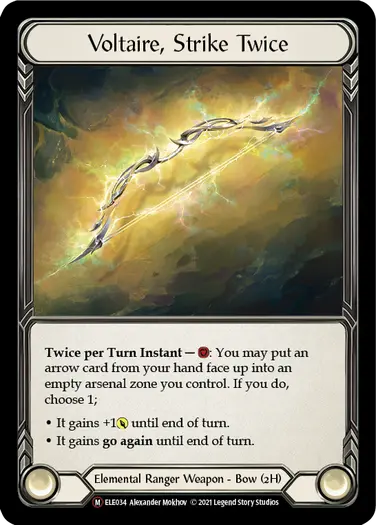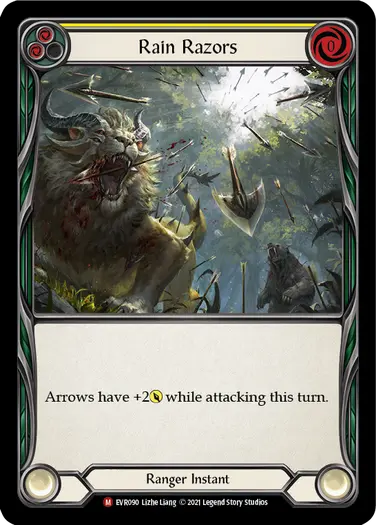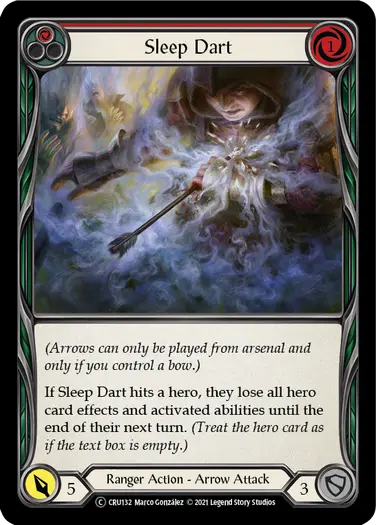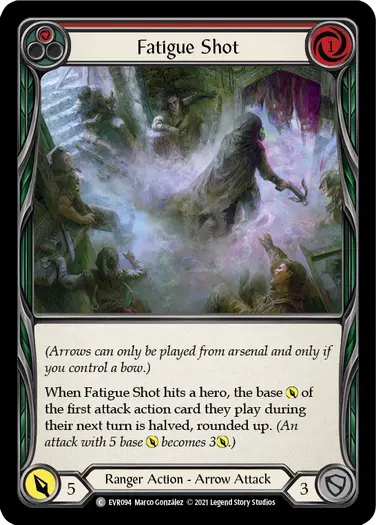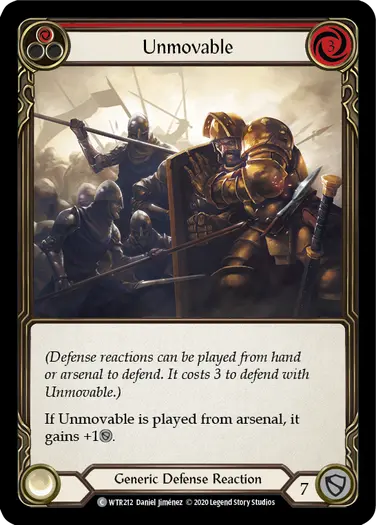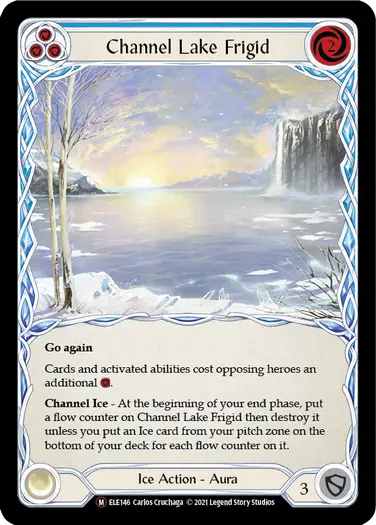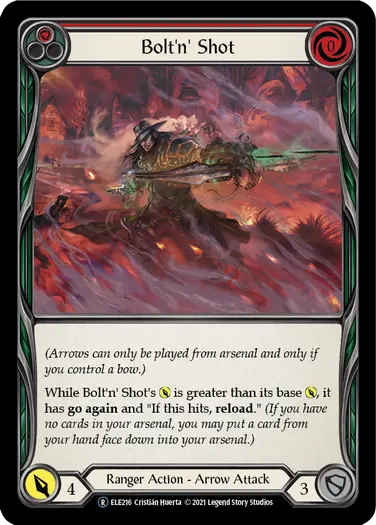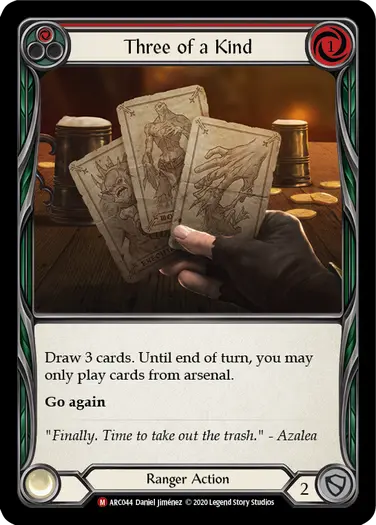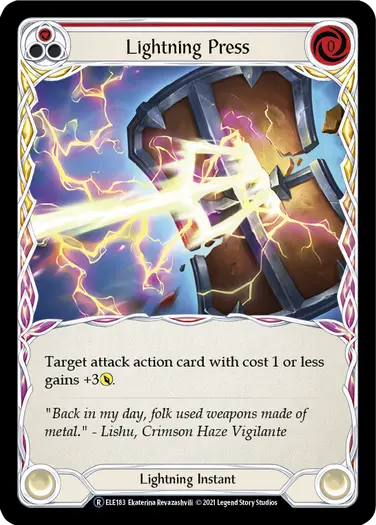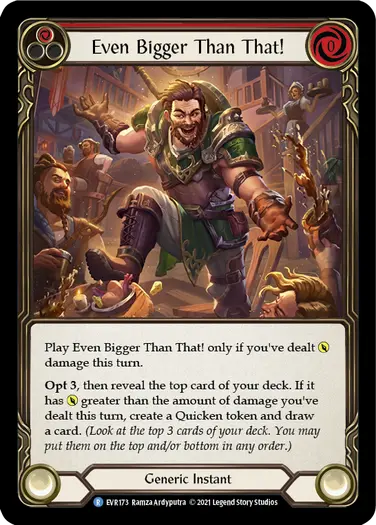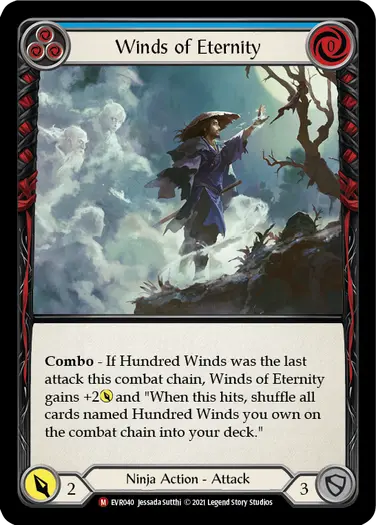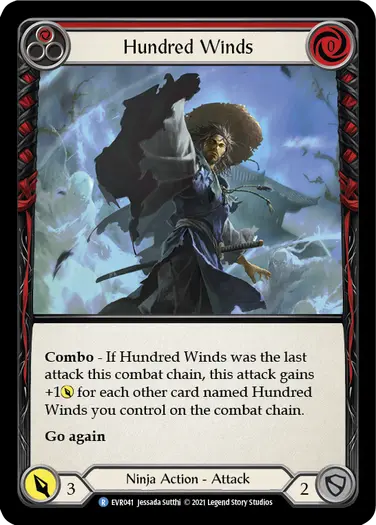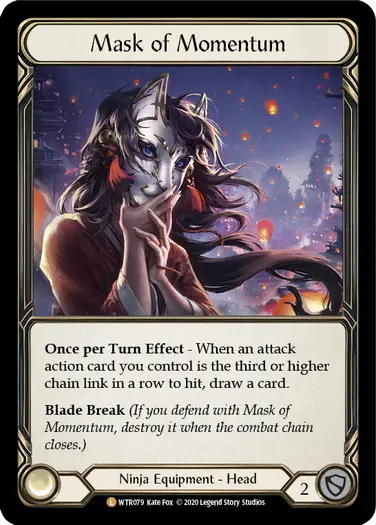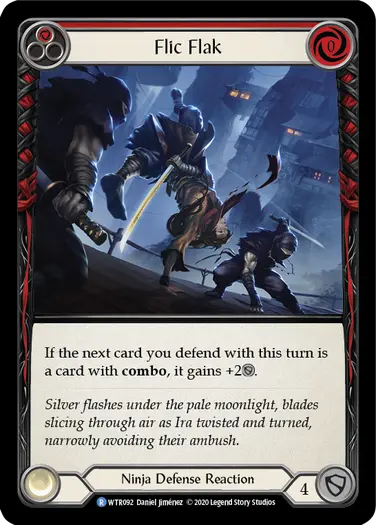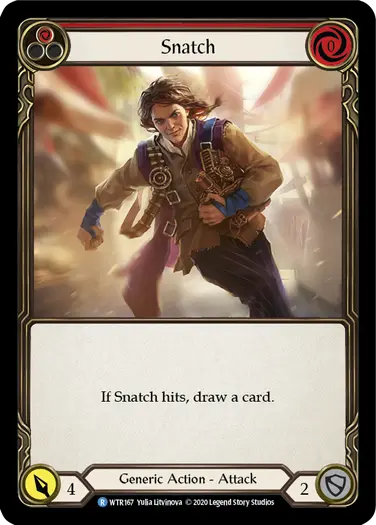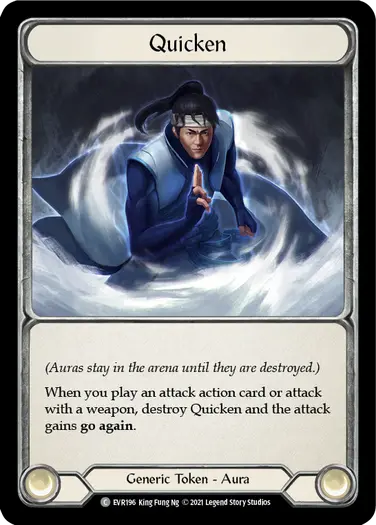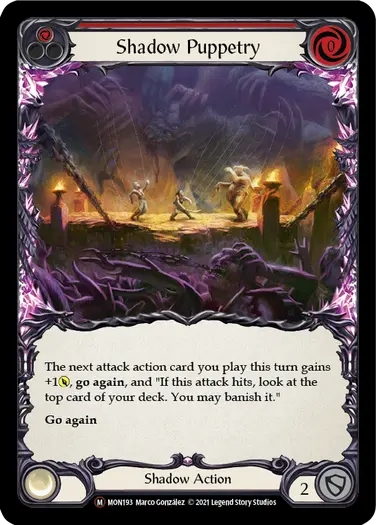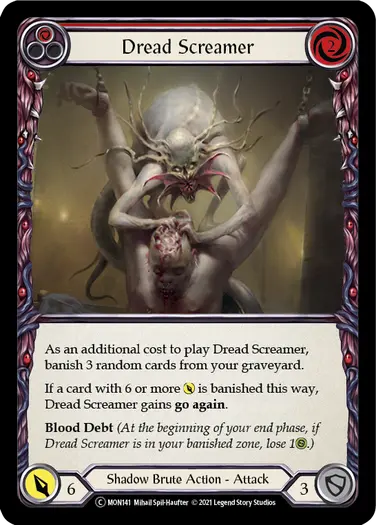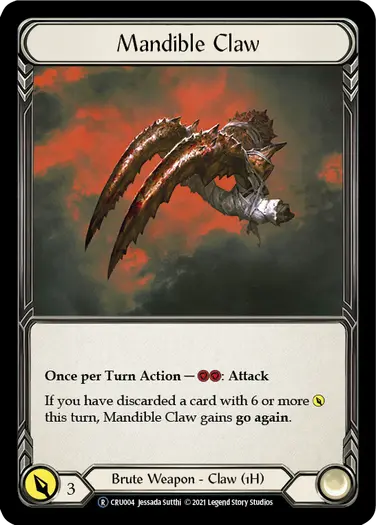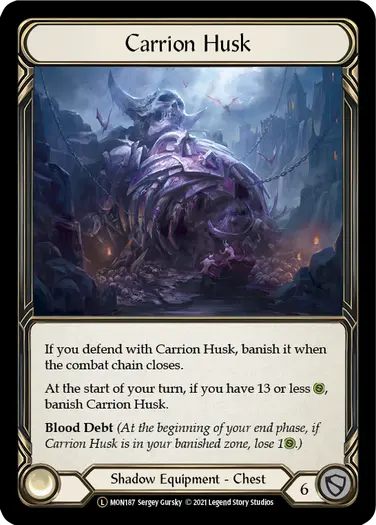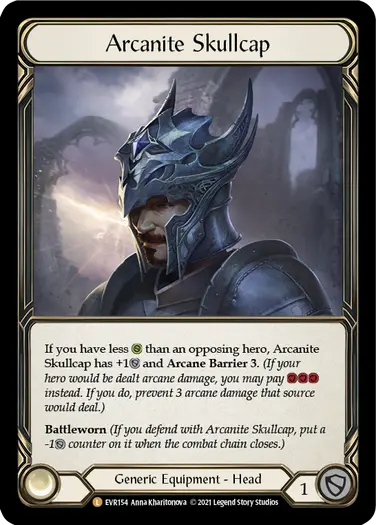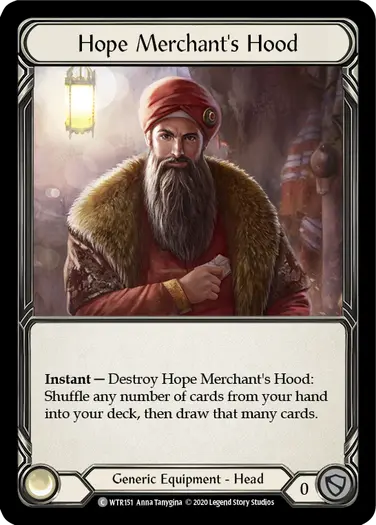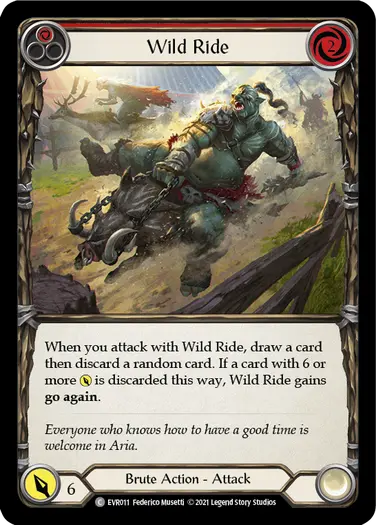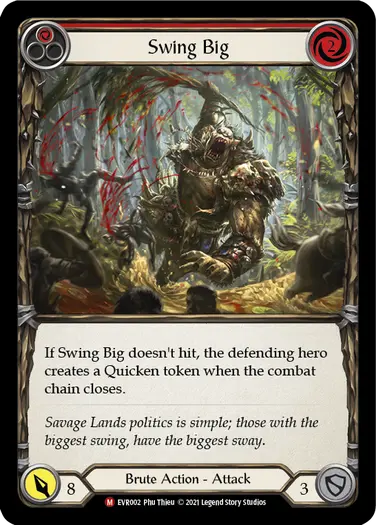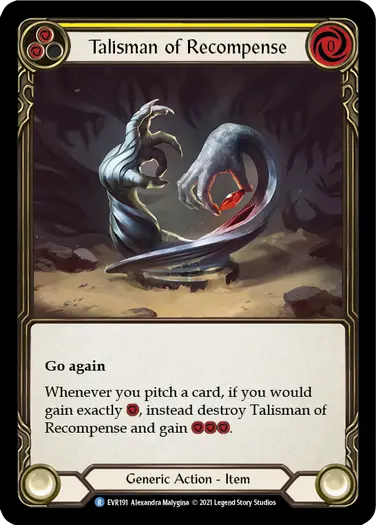For the ProQuest Season, we have invited guest writers to contribute to fabtcg.com over the course of the series. Drew Cordell is a content creator and writer known for writing strategy and analysis content for community hubs around the internet. We're excited to bring you the latest entry in his ProQuest series!
Drew Cordell here. Welcome to my fourth ProQuest series article! Last week, I wrote about what it takes to build (and beat!) top-performing decks, regardless of who your hero of choice is. In today’s article, I’ll look at three interesting ‘underdog’ decklists from some recent ProQuest events. Thanks to my friends at LSS for providing the data, and some interesting ProQuest decks to look at!
Let’s dive in.
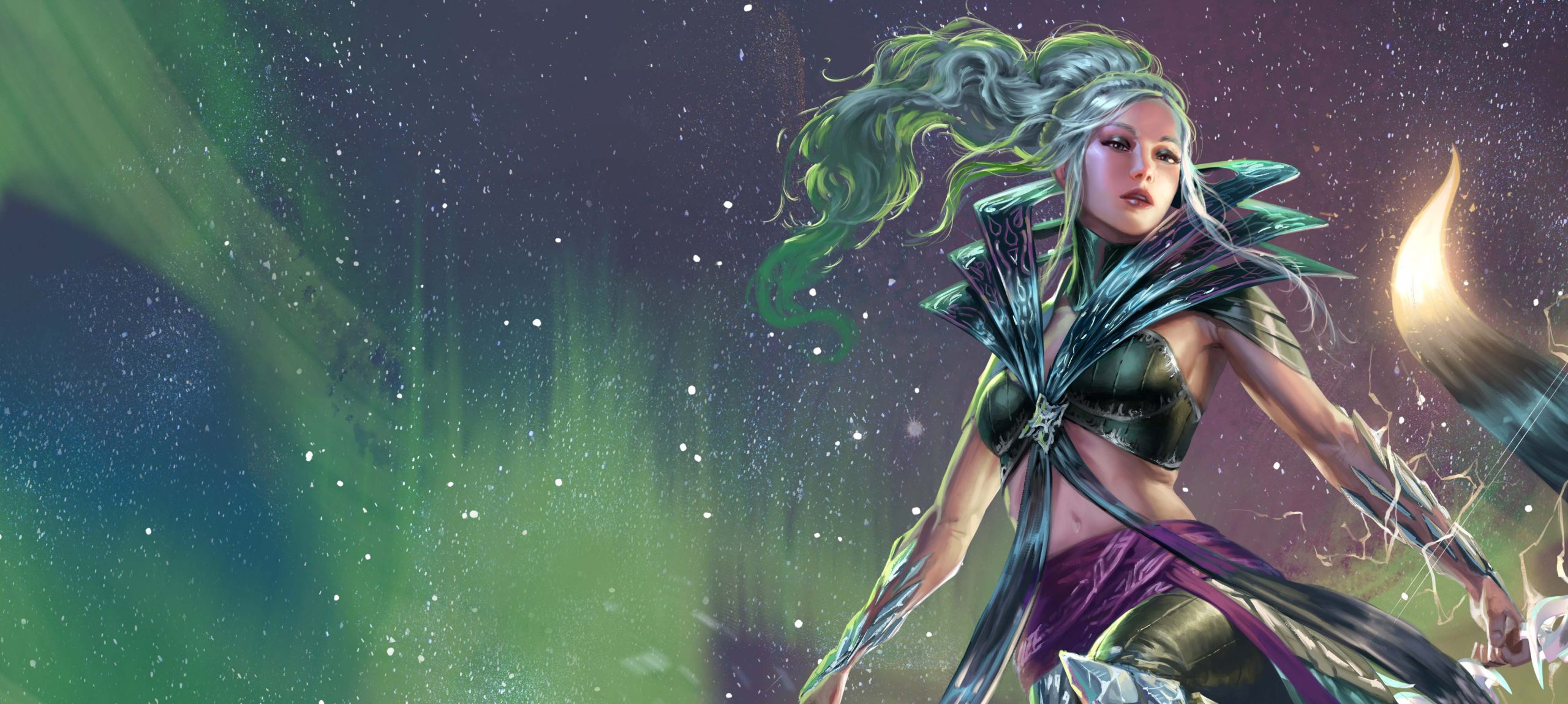
Lexi, Livewire
Phu Nguyen at Bloodrush Gaming in Australia took first place with his take on an icy Lexi build empowered by Voltaire, Strike Twice, and some of the powerful new Ranger cards in Everfest. Rain Razors, in particular, when backed by Voltaire and a go-wide strategy, can create some impressive damage output and make it extremely difficult for opponents to prevent detrimental on-hit effects from cards like Sleep Dart, Fatigue Shot, Remorseless, and much more.
Notably, Phu’s deck is teched heavily to deal with Bravo, Star of the Show. Phu includes three copies of Unmovable (Red) for defense, as well as Fatigue Shot and Sleep Dart. He also runs ice-based disruption cards like Winter’s Bite, Channel Lake Frigid, Polar Blast, and Blizzard to take advantage of Lexi’s hero ability and Bravo, Star of the Show’s reliance on 4-5 card hands to function and play as intended. With a strong proactive plan against Bravo, Lexi appears to be a strong choice into this early meta.
Phu includes plenty of blues & arrows to maximize his ability to activate Voltaire at least twice each turn. Nine copies of Bolt’n’ Shot and the three copies of Three of a Kind will enable multiple 3+ arrow attack turns, potentially with some massive damage output thanks to Rain Razors. This card can also help land on-hit effects over a block threshold and punish opponents alongside Lightning Press (Red).
Finally, Remembrance can be used in certain matchups to reintroduce threat density into the deck and help protect against defensive or fatigue strategies. Ranger lacks a traditional weapon, and that can mean they can burn through cards too quickly in a match and be left without enough gas in the tank to close it out. Phu’s list uses a lot of reds and blues, minimizing the yellows to try to ensure consistent resource generation and power of the arrows that are sent across the table.
With Voltaire and such a streamlined equipment package for the list with plenty of sideboard slots, Lexi should also enjoy a decent Prism and Viserai matchup. While Lexi can be challenging to play, there’s no doubt of her merits right now, thanks to the flexibility of building her kit with the various bows and cards available to Elemental Ranger. Ranger players looking to play a powerful, proactive Lexi deck with a strong game against Bravo, Star of the Show among other decks in the field will feel right at home with Phu’s take on Lexi—just make sure to practice piloting the list and learning its intricacies!
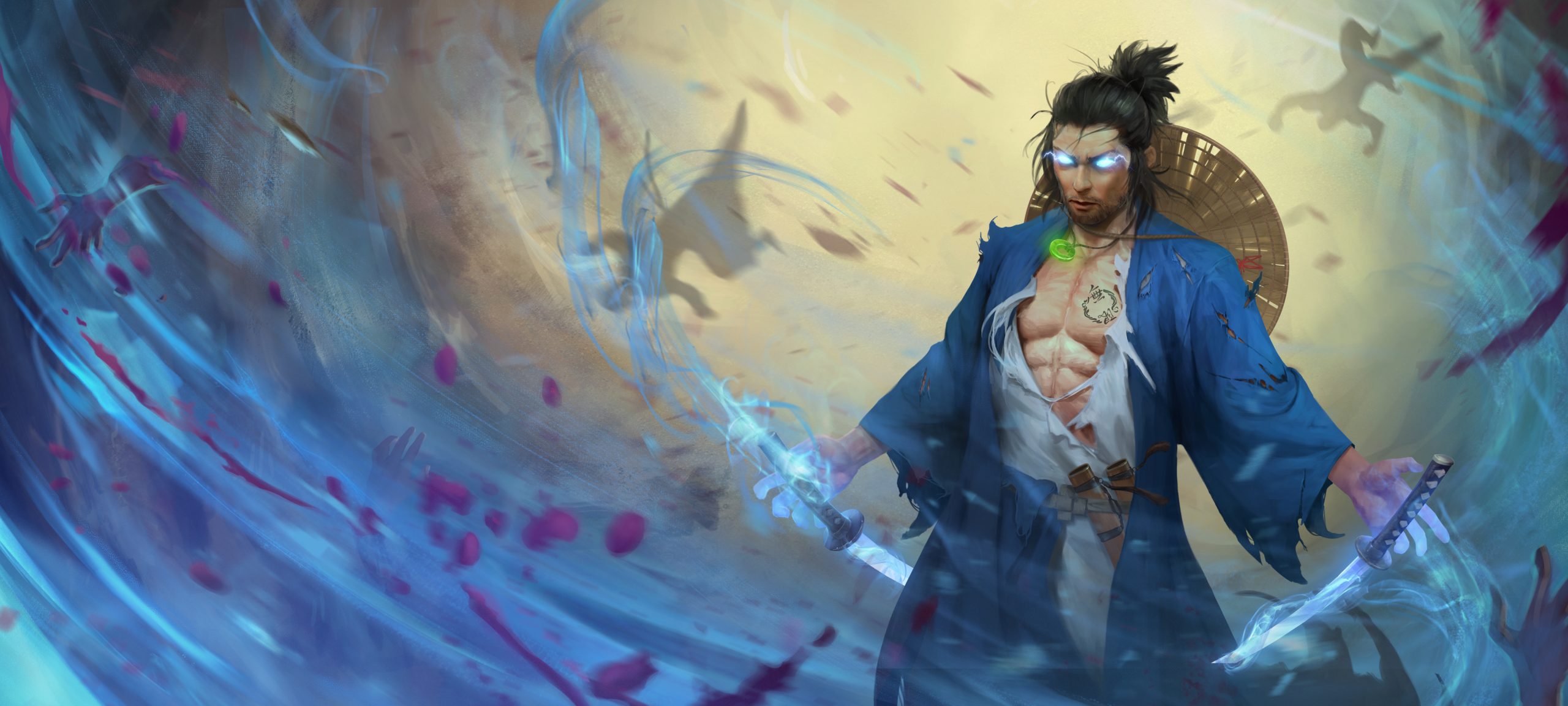
Katsu, the Wanderer
Jack Whit piloted his take on Aggro Katsu, the Wanderer to a first-place finish at the Cerberus ProQuest in New Zealand. Harmonized Kodachi showed up in a big way, along with brand new Everfest cards like Even Bigger than That!, Winds of Eternity, and even six copies of Hundred Winds (Red&Yellow) in the list. Classic Welcome to Rathe favorite, Mask of Momentum, is front and center in this list, constantly threatening powerful card advantage against decks that try to keep their entire 4-5 card hand rather than frequently blocking and preventing damage. This is perhaps one of Katsu’s greatest strengths in combating Bravo, Star of the Show, Prism, and Viserai in the current meta. Of course, aggressive decks like this variant of Katsu also prefer to keep all their cards in hand (except defense reactions) and rely on a strong offensive as a means of defense, especially with Combo interactions.
Flic Flak and Sink Below are present in the Cerberus-winning list, allowing Katsu to take a more defensive approach to key turns; defend efficiently and protect his life total and equipment; push small bleed damage through with Kodachi, and perhaps arsenal a card on the next turn. Snatch is a powerful way to end a go-wide turn packed with Go Again, threatening the extra card draw (or two if Mask of Momentum is close to firing off), can help Katsu play out multiple cards as well as hold tempo and strong momentum heading into his next turn.
With two Harmonized Kodachi and the ability to sneak small damage past your opponents (death by 1,000 cuts), Even Bigger than That! becomes a strong choice to create incremental card advantage and an on-demand source of Go Again thanks to the Quicken token. Notably, this list only runs this card in the red slot, but it’s inclusion helps enable the Go Again on Harmonized Kodachis as well as increase the power of some of Katsu’s explosive turns backed by Mask of Momentum.
This decklist takes a combo-heavy approach to Katsu with his hero ability, having multiple lines to pursue to build some impressive Combo chains throughout the game when he lands hits with his attack action cards. Of course, the deck is loaded with plenty of zero-cost cards for both Harmonized Kodachi and Katsu’s hero ability. Art of War provides some on-demand utility and can help Katsu dig deeper for the cards he needed in any given situation and provide some extra offensive & defensive power in a pinch.
Overall, this strong, proactive approach to Aggro Katsu should prove an exciting option to many players who are fans of Ninja. Historically, Ninja has enjoyed a favorable Prism matchup in the Classic Constructed format, and can have solid game against many other top contenders. It will be interesting to see the full impact of cards like Even Bigger Than That!, Hundred Winds, and Winds of Eternity on Katsu’s combo game plan as the meta continues to develop.
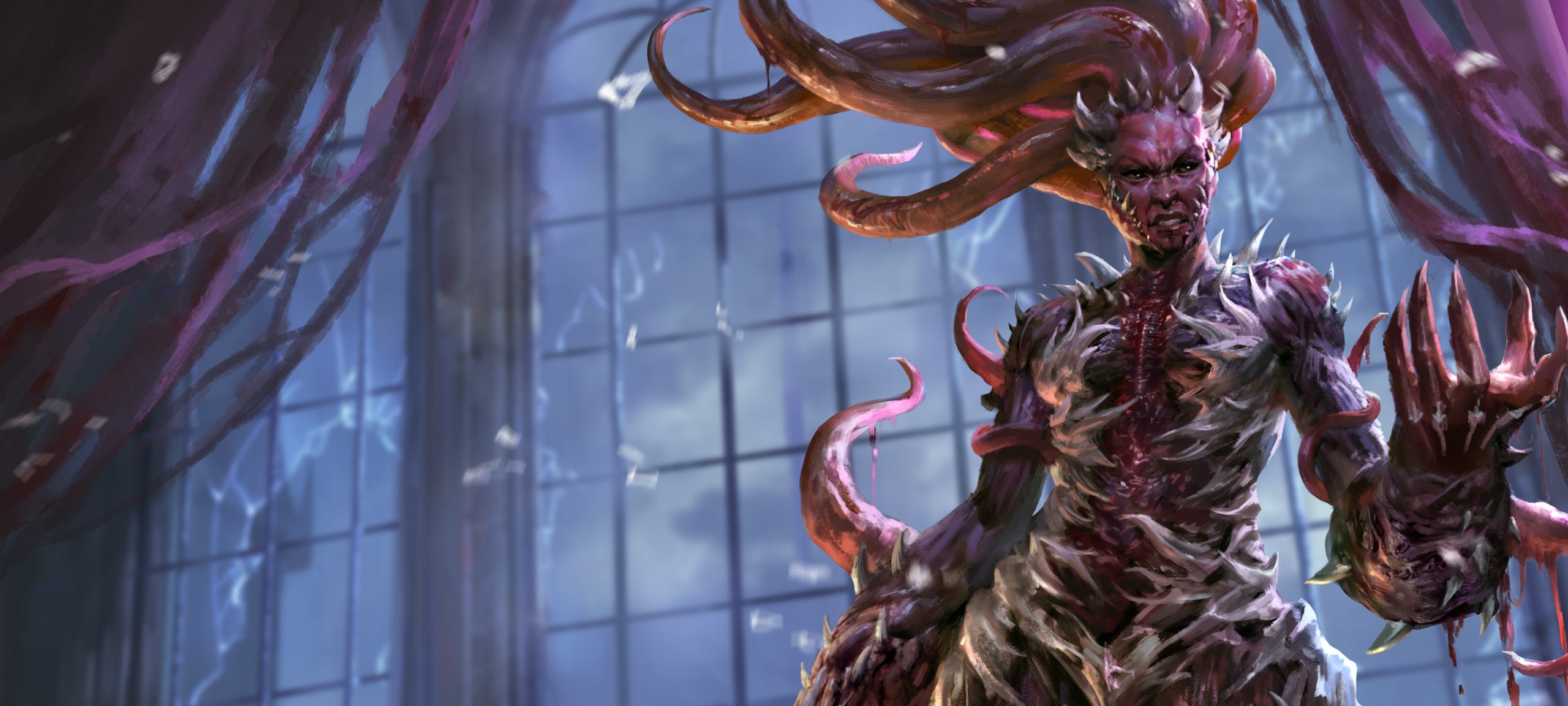
Levia, Shadowborn Abomination
Yin Zhi Ng at Fyendal Hobby’s ProQuest event in Singapore scored second place overall with a decklist developed and featured by Man Sant on his YouTube channel. 'Debt Sentence' is an aggressive, heavy-hitting Shadow Brute deck designed to pump out some serious damage thanks to the Go Again package of Shadow Puppetry, Pulping, Wild Ride, Dread Screamer, Art of War, and of course Mandible Claws. On top of all the Go Again, the deck can end an already big turn by attacking with Swing Big to round it out. After you already have attacked with at least one big attack, there is little chance your opponent will have what they need to fully defend Swing Big to make the Quicken token without sacrificing many armor pieces in the process.
Yin’s deck takes advantage of the incredibly powerful Carrion Husk, a fantastic defensive piece of equipment that can be used to hold or regain tempo at the flip of the switch. Levia’s hero ability also means that, unlike Chane, Levia can avoid paying the blood debt price for banishing Carrion Husk. Scabskin Leathers and Arcanite Skullcap provide additional armor density and protection for Levia, allowing her to focus on the offense and creating as much pressure as possible while sustaining her blood debt requirements.
Notably, Yin’s deck does run some new cards from Everfest: Wild Ride, three copies of Swing Big, and two copies of Talisman of Recompense, which can be used to fuel resource generation in a pinch. In a deck like Levia, resources can be tight on big combo turns with cards like Bloodrush Bellow and any of the go-again cards. Talisman of Recompense should serve to bridge this deck’s resource requirements on heavy-handed aggressive turns. The trick is that players need to avoid pitching their red cards until they are ready to use the effect as it is not a ‘may’ trigger.
Overall, this aggressive take on Levia has merit in the current meta. It has a strong, proactive game plan, plenty of armor to get around at least one big Bravo, Star of the Show dominated attack, and the tools to get aggressive and focus on massive damage output. More than Rhinar, Levia can better control the RNG or randomness of brute mechanics by rolling fewer dice and focusing instead on strong deck compensation and ratios of 6+ attacks to non-6 attacks. With plenty of 6+ power attacks in the list, Levia can minimize the number of turns she has where she will die to blood debt in the unfortunate case of not having a card to banish. While Yin doesn’t run Ebon Fold in his list, he does run a copy of Hope Merchant’s Hood, which can serve as an emergency lever to pull if you don’t have a card to banish to protect yourself from Levia’s blood debt.
Conclusion
I hope you enjoyed each of these underdog decklists that showed up to their ProQuest events in big ways! Stay tuned for the fifth and final article in my ProQuest series next week, in which I’ll help wrap up ProQuest season and provide some tips on how to transition from a competitive event like a ProQuest to something like a Calling or Pro Tour, which is on a much bigger scale. Until then, you can connect with me on Twitter!
Drew Cordell is a competitive Flesh and Blood player and author of content relating to gameplay and strategy. The opinions expressed in the above article are his own and do not necessarily reflect the views of Legend Story Studios.
